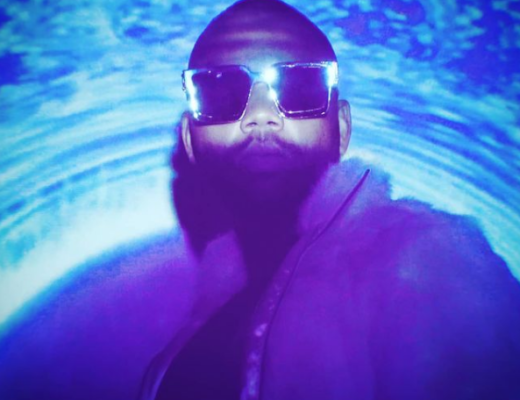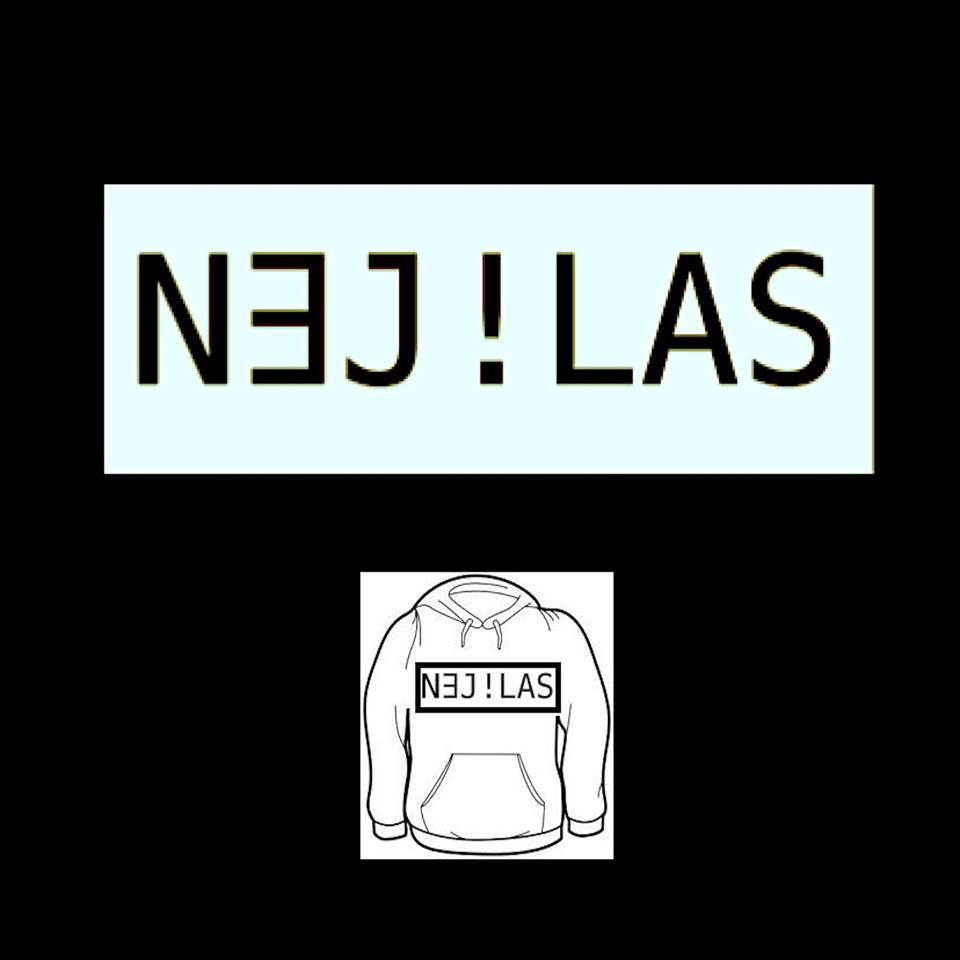In this enlightening interview with A&R Factory, artist KASIA opened up about her latest single, “Heartstrings,” and its deep-rooted connection to her spiritual journey in music. She reveals how her songs, emerging from personal struggles, have become a sanctuary for healing, with a special focus on the transformative power of specific musical frequencies.
The interview promises an intimate glimpse into her artistic evolution and the profound impact of her music on both personal growth and the collective human experience.
–
KASIA, welcome to A&R Factory! Can you share the story behind your latest single and music video, “Heartstrings”; where did the inspiration come from?
“The inspiration behind my latest single and music video, “Heartstrings,” comes from personal experiences, as most of my songs do. The lyrics were born out of a pretty bad relationship, where I found myself struggling with difficult emotions. Throughout my life, music has served as my safe place, providing a certain protection from harsh realities. In many ways, music has been my reality, offering a means of expression and understanding in the face of adversity.”
How has music helped to shape your healing journey? And how important is it for you to light the path towards empowerment for your listeners?
“Music has played a huge role in my healing journey, serving as a powerful form of catharsis and expression. It’s difficult to fully articulate the transformative effect that music has had on me. There’s a certain magic that occurs when you listen to music in specific frequencies. While most modern music is tuned to 440 Hz, which can sometimes evoke a sense of melancholy, I’ve found that music tuned to 432 Hz resonates more harmoniously with the energy of the Earth. Many older pieces of music were tuned to this frequency, and I tend to use it for my own work, including tuning my healing instruments to 432 Hz.
The impact of music extends beyond mere sound waves; it can deeply affect us on physical, emotional, and spiritual levels. For me, creating and listening to music in these frequencies has been a source of profound healing and growth. As an artist, I feel a responsibility to not only share my personal journey through lyrics and music but also to be vulnerable and real with people – hopefully to the effect of empowering my listeners.”
Your goal is to create a spiritual and energising journey through your music. How do you incorporate this intention into your creative process?
“Creating a spiritual and energizing journey through my music is paramount to me. I focus on making empowering lyrics that resonate with listeners on a deeper level. I integrate the ethereal tones of sound bowls into my electronic productions using Ableton. My creative process is deeply intertwined with meditation and spending time in nature, where I find wisdom and inspiration. Through the practice of gnosis, a process of inner exploration and connection with our higher selves and nature, I tap into somewhat hidden creative expression. I want to authentically express myself while offering something meaningful to others on their individual paths. I believe that music serves as a conduit to higher states of consciousness and my goal is to channel that energy and share it with my audience.”
How did you come about developing your unique blend of house, bass house and pop? Were there any particular influences which shaped it?
“My musical journey has been a fusion of diverse influences. Growing up, I was drawn to pop icons like The Spice Girls and Britney Spears, followed by a deep dive into hip-hop with artists such as Biggie, Tupac, WestSide Connection, Naz, and J Cole during my high school years. As I matured, I became more drawn towards house music. It was during this phase that I connected with the producer of Fan Death, SZAM, who invited me to step in as the lead singer, replacing Dandi Wind. Fan Death’s synth-pop style marked a pivotal moment in my musical evolution.
The more I got to know Vancouver’s music scene, I discovered a blend of techno and house influences. Although I wasn’t initially drawn to techno, I found my niche in Bass House, a genre that merges elements of house, pop, and rap. My journey is driven by a genuine love for music and a desire to create something uniquely mine. Recently, I’ve been particularly drawn to the lyrical style of Caroline Polachek.”
How indicative is “Heartstrings” of what is to come from your debut album? Which other themes does your LP explore?
“While “Heartstrings” serves as a starting point, it’s just a glimpse of what’s to come with my debut album. I see it as an opportunity to test the waters, to gauge reactions to both my music and the visuals I create. Part of me is inclined to wait until there’s a readiness from the audience, while another part recognizes that significant change often arises from bold actions, regardless of initial readiness. As Theodore Roosevelt aptly said, ‘It’s not the critic who counts.’ So, while “Heartstrings” sets the tone, my debut album will delve deeper into a range of themes, exploring aspects of personal growth, resilience, and the human/spiritual experience.”
Did your transition from being a lead singer in a synth-pop band to becoming a music producer influence your current style?
“The transition from being the lead singer of a synth-pop band to stepping into the role of a music producer has profoundly shaped my artistic trajectory. Fan Death was my first experience writing and recording professional music. I learnt what a DAW was and how to use it! Fan Death truly served as a pivotal chapter in my musical evolution.
Despite the stylistic differences between synth-pop and my current direction, I owe a great deal to SZAM, the creator and producer of Fan Death. The band imparted invaluable knowledge and skills. Looking back, Fan Death was ahead of its time, and I often reflect on the synchronicities and patterns that have guided my journey towards future endeavors.”
You’ve had your fair share of high-profile live performances; do you prefer writing music or performing and seeing first-hand the effects of your music on your fans?
“Thank you for the question! It’s a tough call because I genuinely love both aspects. On one hand, there’s nothing quite like the energy of performing live and connecting with fans face-to-face. Witnessing firsthand the impact my music has on them is truly special. But then, there’s also something incredibly fulfilling about being in my element – in the studio, wearing my glasses and hoodie, lost in the creative process of making music. I find joy in every aspect of my artistry, including dreaming up music videos and bringing my vision to life through visuals.”
As a delegate of The Canadian Academy of Recording Arts and Sciences, what insights have you gained about the music industry?
“Just being around other artists pursuing similar goals is such an amazing experience. The most profound insight I’ve gained revolves around the power of community within the music industry. Coming from a small town where artistic pursuits were rare, I often felt isolated in my passion for music. However, being surrounded by other artists who share similar aspirations has been so refreshing. The opportunity to connect with full-time artists who understand the language of creativity has been incredibly inspiring. It’s a reminder that I’m not alone in this journey and that there’s this supportive community, rallying behind each other’s artistic pursuits.”
–
Stream KASIA’s latest music video on YouTube now.
Interview by Amelia Vandergast




No Comments